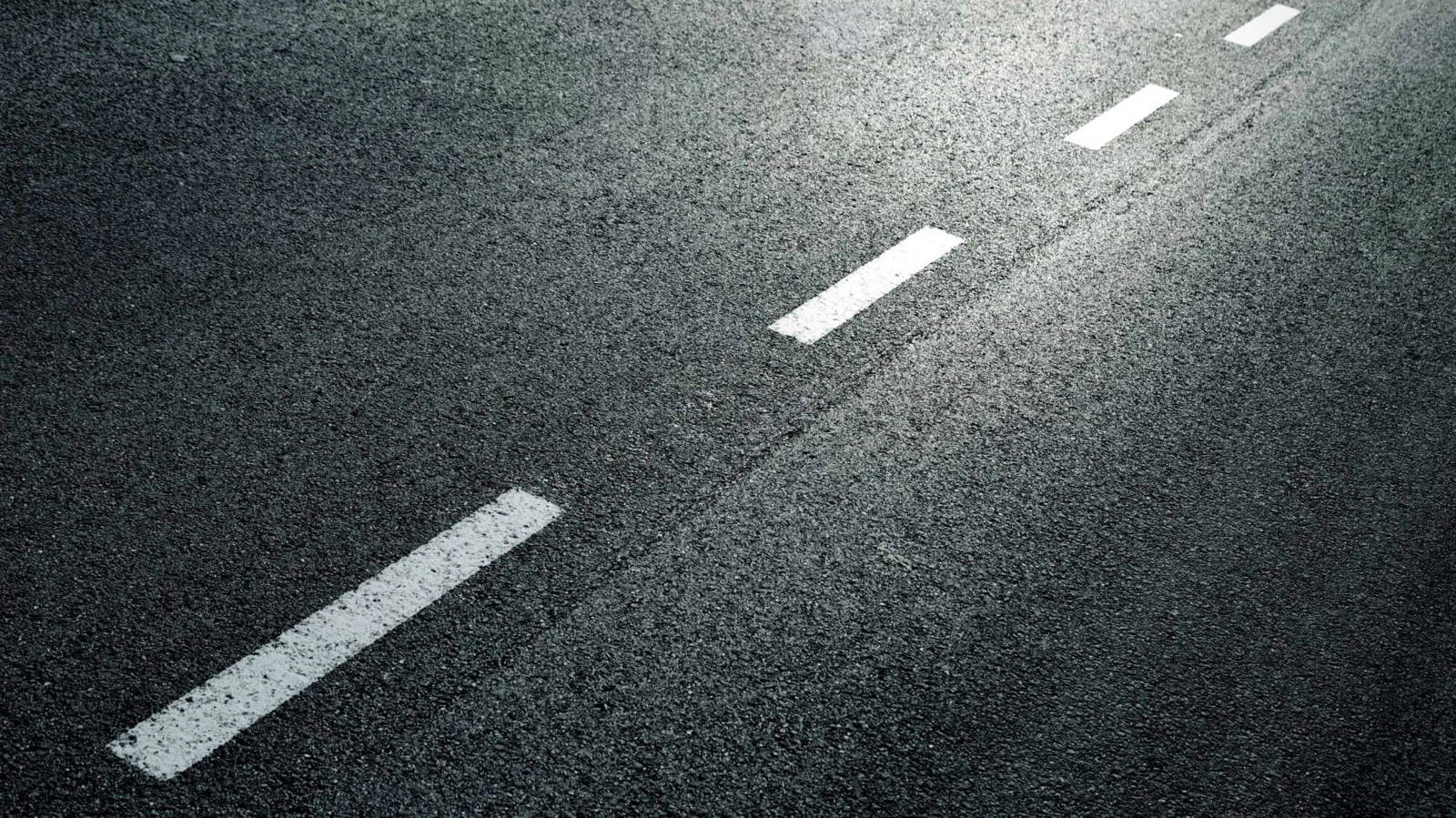AUTONEWS

EU wants battery autonomy, but first it needs graphite
As Europe looks to declare its tech independence by becoming a leader in next-generation batteries, it will have to start by making its own graphite. The problem is, nearly all of it now comes from Asia, mainly China.
So France's Carbone Savoie and Germany's SGL Carbon, the only European firms deemed capable of taking up the challenge, have been corralled into an ambitious battery alliance launched by Brussels last year.
"Thank you for bringing us on board this 'Airbus for batteries,' though to be honest, we weren't even on the passenger list," Carbone Savoie's chairman Bruno Gastinne told France's deputy finance minister Agnes Pannier-Runacher on Thursday.
They were attending the ribbon-cutting for a new, more efficient carbon baking oven, a "brick cathedral" some five metres underground at its site in Venissieux, just south of Lyon in southeast France.
The 11 million euro ($11.9 million) investment will allow the company to double its carbon production, the first step for making the ultrapure synthetic graphite prized for batteries.
The carbon is then shipped to its factory at Notre-Dame de Briancon in the Alps, where nearby hydroelectric dams provide the intense electrical currents needed to turn it into graphite.
Carbone Savoie also says it has developed a new production technology that uses just half the energy required currently, and cuts waste levels in half.
"It will be less expensive and more efficient than Chinese graphite, while consuming less energy. The hard part is that we have to move quickly," said Regis Paulus, the firm's head of research and development.
"To catch up with the Chinese, we have to invest massively," he said.
'Can't do it alone'
EU authorities in November unlocked a whopping 3.2 billion euros for the European Battery Alliance, hoping to attract an additional five billion euros in private money to build the factories needed to meet homegrown demand.
Automakers in particular are racing to shift to electric fleets, under growing pressure to cut carbon emissions and the reliance on fossil fuels.
Batteries make up around 40 percent of the value of an electric car, but are currently made by companies in South Korea, China and Japan.
A single electric model from Tesla, for example, requires around 70 kilogrammes (150 pounds) of graphite, Carbone Savoie's CEO Sebastian Gauthier told AFP.
While the material can be mined, battery producers usually prefer the more expensive synthetic versions that offer improved technical performance.
It is the only key component of lithium-ion batteries that can be produced in a factory—nickel, lithium, manganese and cobalt must be mined.
But without government help, few of Europe's industrial giants were willing to embark on the costly crusade to build their own batteries.
The push has been a boon for Carbone Savoie, which just five years ago was on the brink of closure by its parent company Rio Tinto, the Anglo-Australian mining giant.
The company had long focussed on making anodes for extracting aluminium by electrolysis, but fierce competition had slashed sales.
It was acquired in 2016 by the French turnaround specialists Alandia Industries, which has invested 40 million euros to diversify operations—specialised graphites now represent 15 percent of its output, up from zero just a few years ago.
The bet has paid off, with profits rising to 17 million euros last year, on sales that reached 127 million euros.
Even so, the 120-year-old company still does not produce anywhere near enough graphite required to fulfil Europe's electric car dreams, or its own goal of becoming "the European leader in battery graphite" by 2025.
That would require a good chunk of the funds promised by Brussels, which have been pledged by Germany, France, Italy, Poland, Belgium, Sweden and Finland.
"We can't do it alone, we're going to need help," said Gastinne, estimating the necessary investments at "several tens of millions of euros."
by Frédéric Garlan

Nenhum comentário:
Postar um comentário